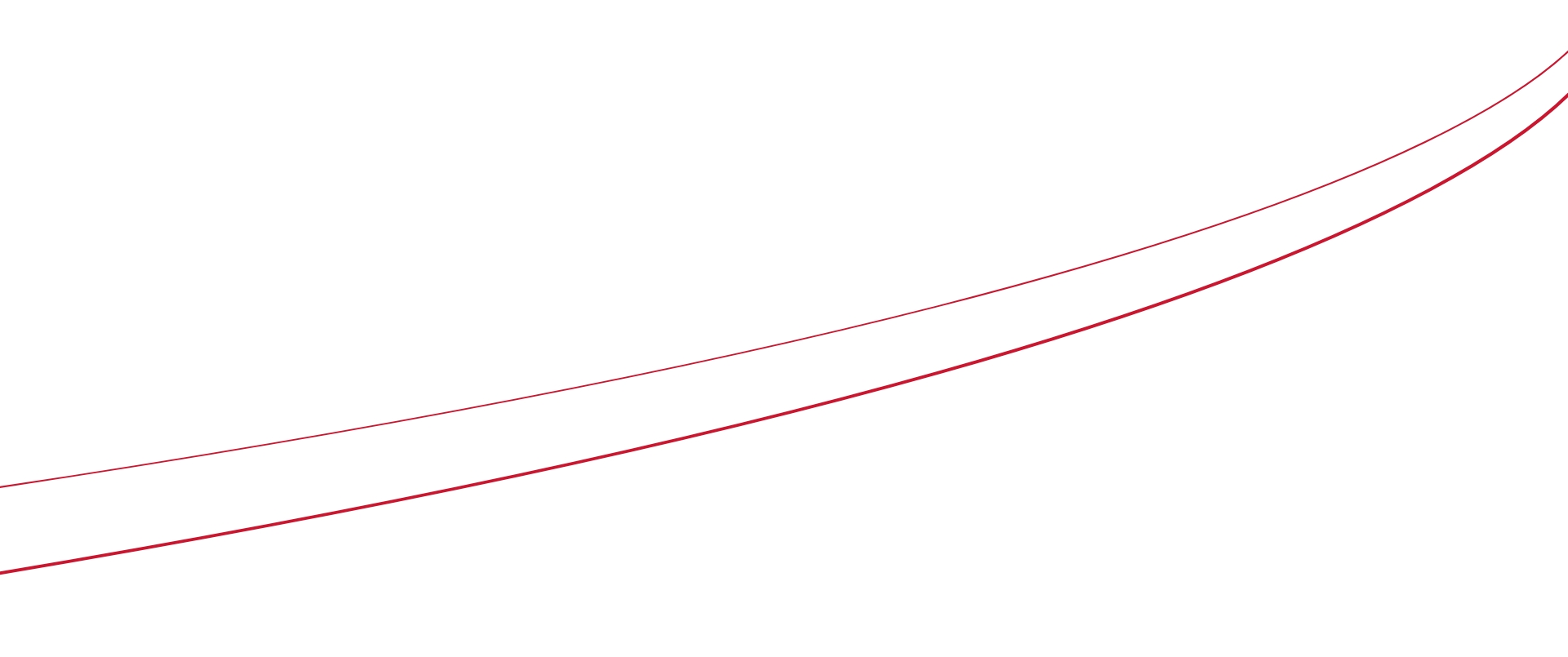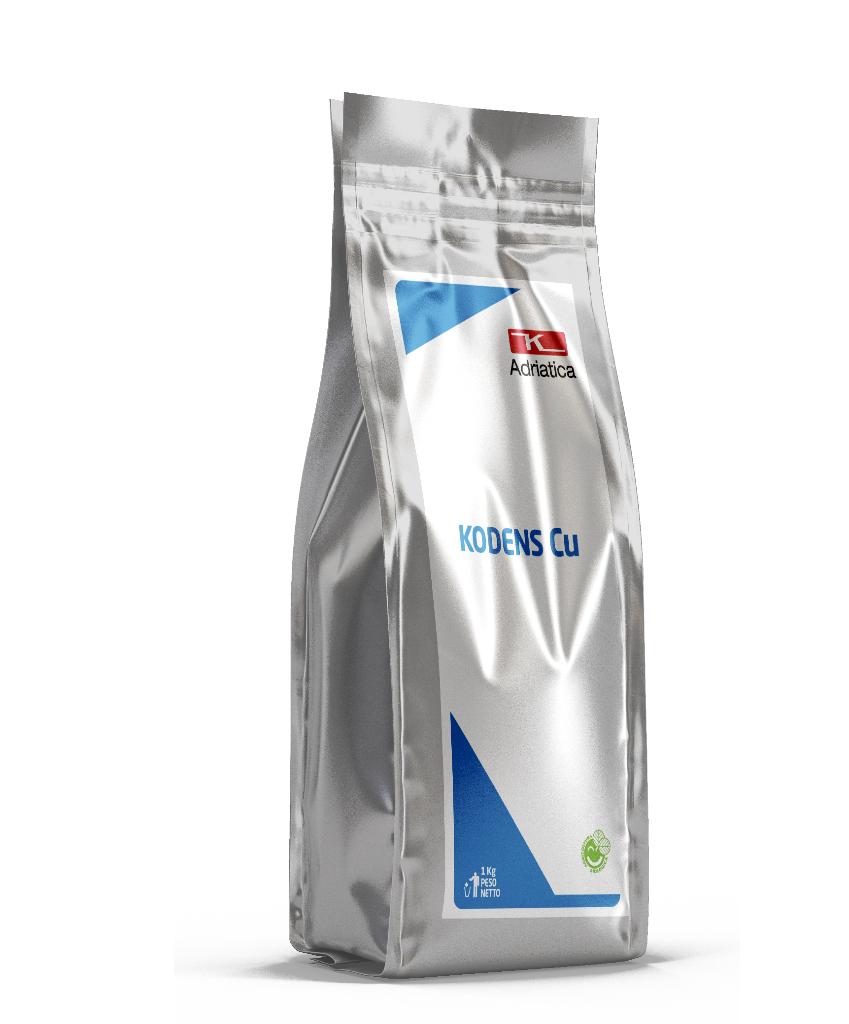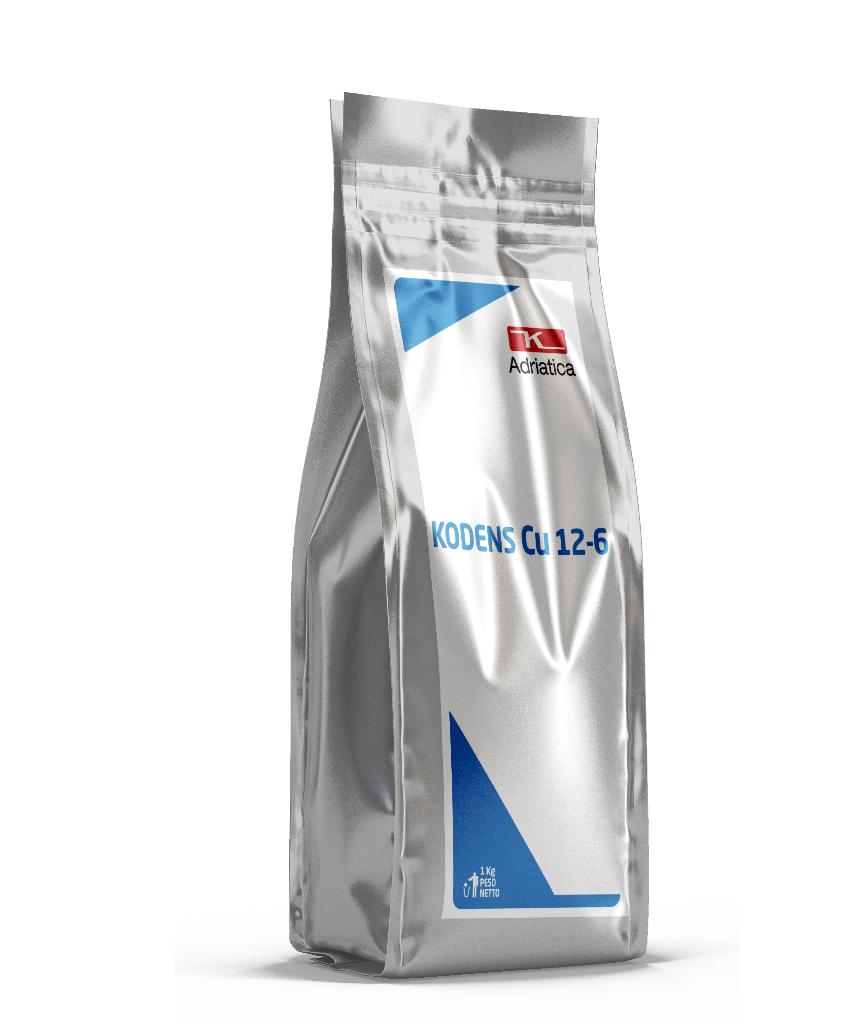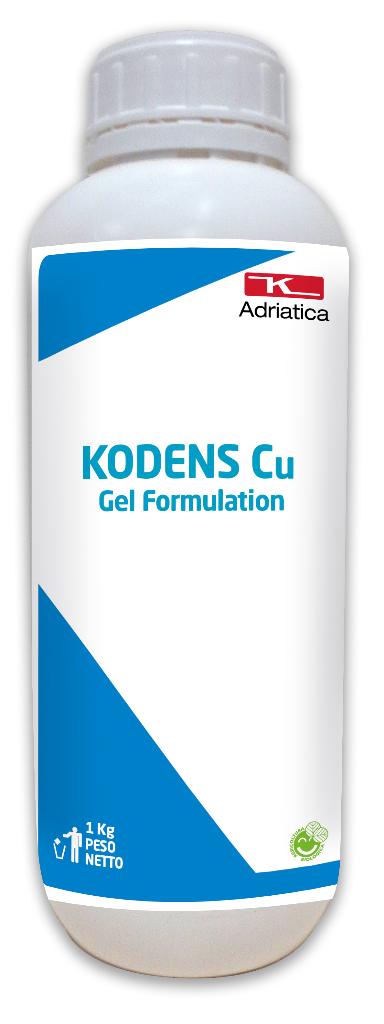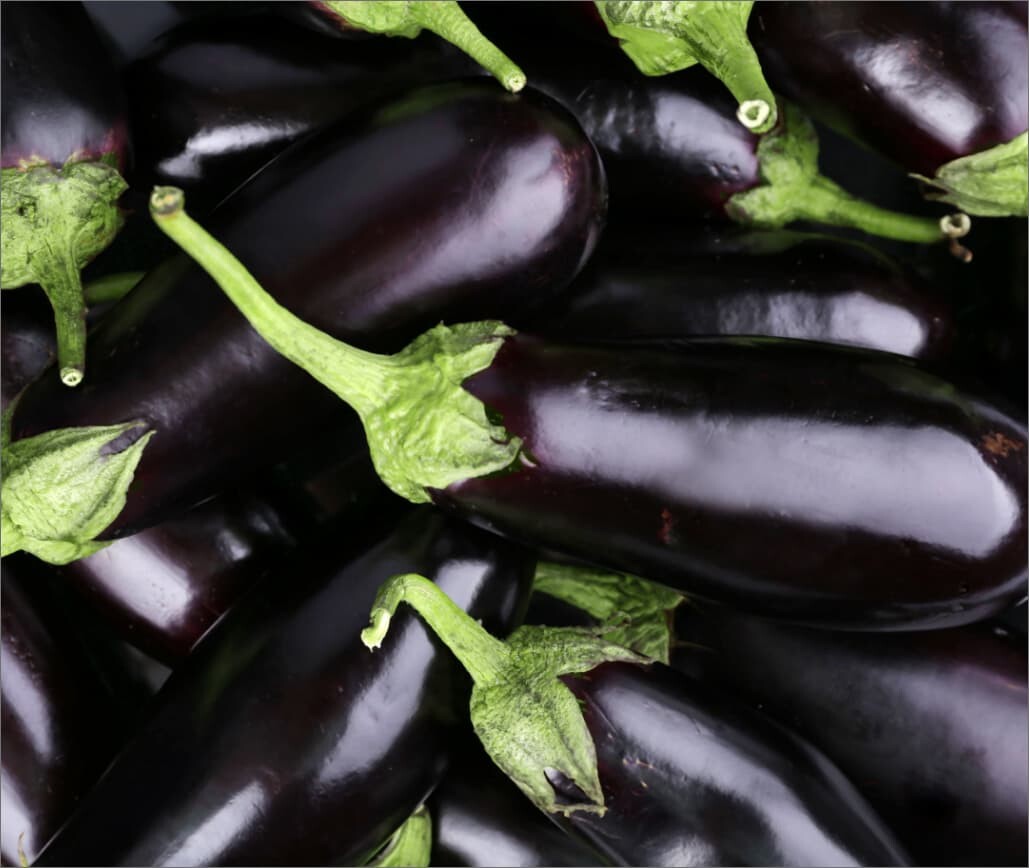
NATURAL RESISTANCE INDUCERS
From a sustainable agriculture’s perspective, NATURAL RESISTANCE INDUCERS are a fundamental tool in biological, integrated and in traditional agricultural management, which aims at reducing the number of treatments and residue levels at harvest.
By making plants more reactive to external stimuli, NATURAL RESISTANCE INDUCERS give crops stronger tolerance to (abiotic and biotic) stress. Resistance inducers make it possible to employ more environmentally friendly spraying programs with reduced applications of conventional chemical products and keeping the treated quantity of copper and sulphur within allowed limits.
NATURAL RESISTANCE INDUCERS are “substances” that either activate or increase resistance (or defence) gene expression in the cells of the various plant tissues. These “substances” are called “ELICITORS” and stimulate those processes which plants naturally employ to defend themselves from pathogens and environmental stress.
These defence mechanisms can be either physical or biochemical or both. Physical protection is manifested by the thickening of tissues and cell walls, with the objective to stop the spread of infections. Biochemical protection is given by the production of compounds with antifungal and antibacterial properties (such as Phytoalexins and hydrolytic enzymes) and by the activation of specific genes inducing a defence reaction known as systemic acquired resistance (SAR).
There are various kinds of resistance inducers: non-pathogenic microorganisms that can colonise the surface of roots and plants, microorganisms used as microbial opponents, various chemicals (both synthetic and natural) that simulate the presence of a pathogen or are similar to cell signalling molecules that activate resistance. Among all resistance inducers, Chitosan stands out thanks to its natural origin and complete biodegradability.
The K‑Adriatica NATURAL RESISTANCE INDUCERS
